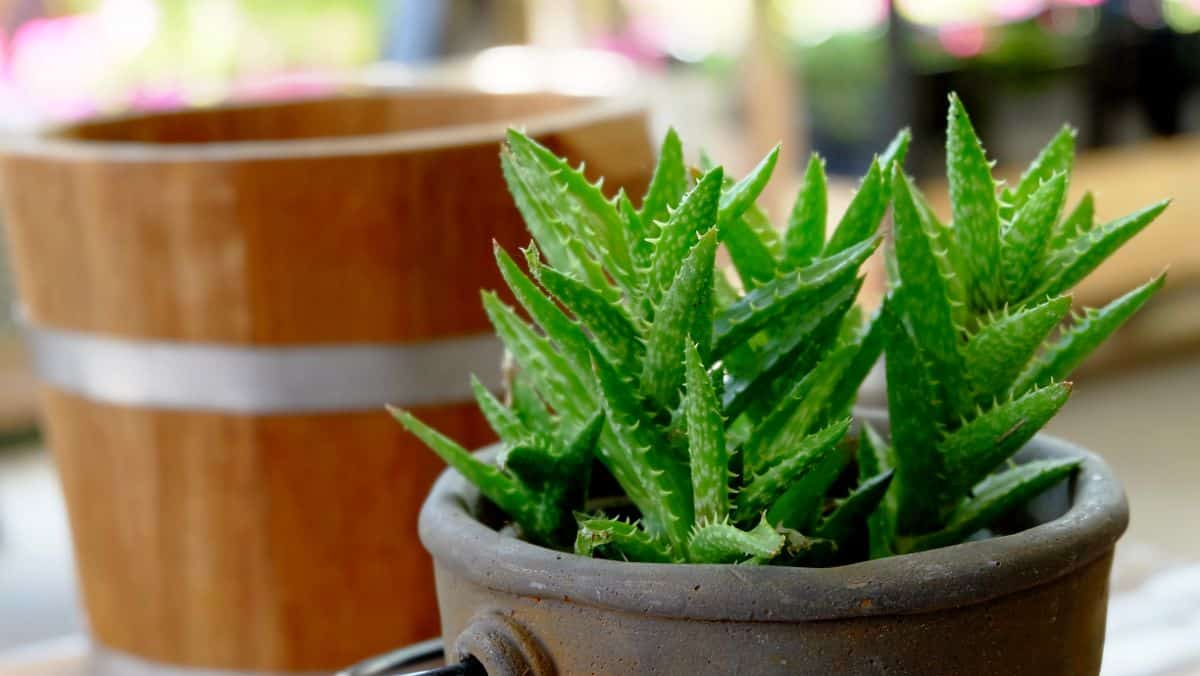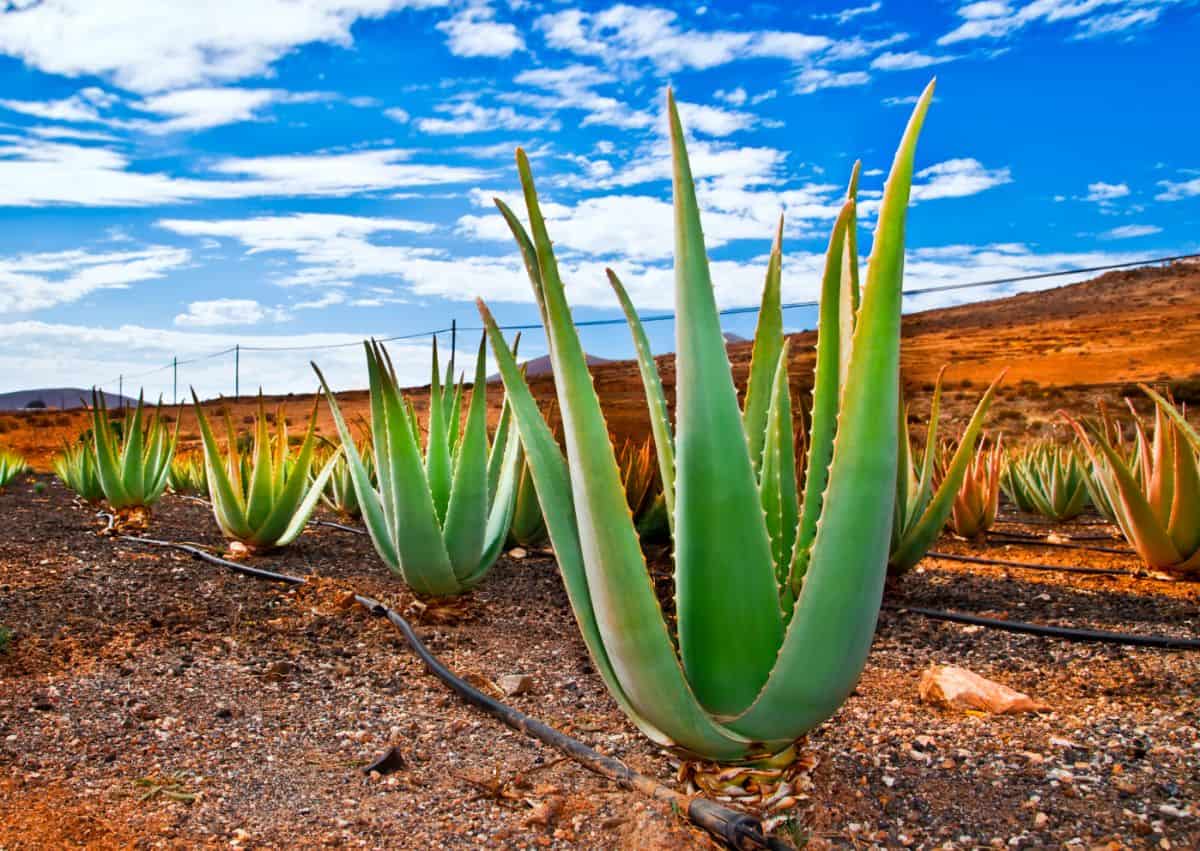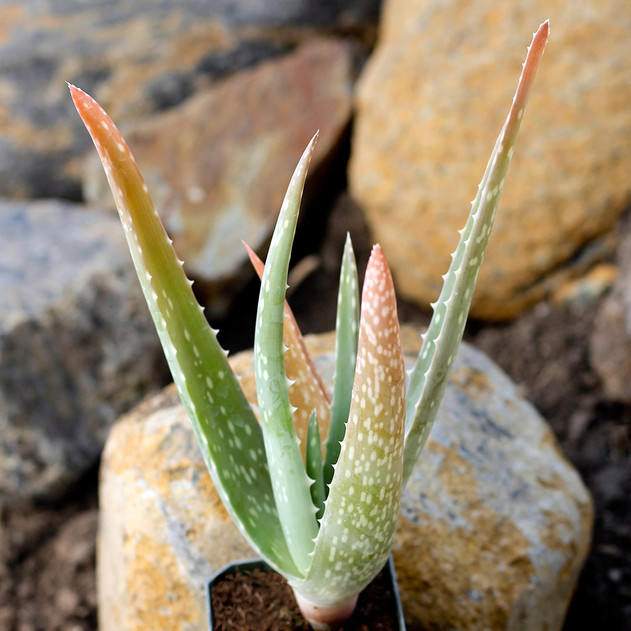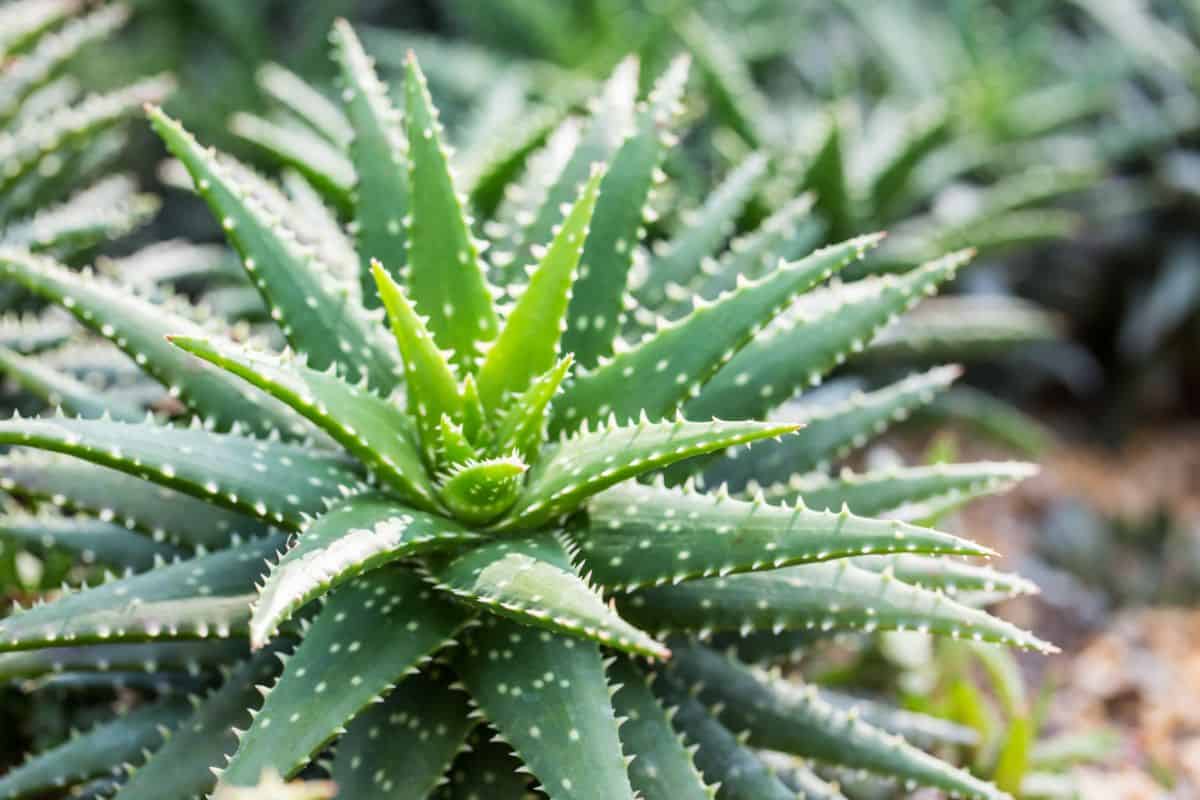
Since people use the terms cacti and succulents interchangeably, one question remains: Is aloe vera a succulent or a cactus? You should remember that all cacti are succulents, but not all succulents are cacti.
If this concept confuses you, now is a great time to learn about it.We will help you distinguish the difference between the two. With all the details you can learn today, distinguishing the difference and identifying its proper classification will be a breeze.
Jump to:
Is Aloe Vera a Succulent or a Cactus?
This question has boggled the minds of many plant enthusiasts for a long time. If you consider yourself a newbie and unfamiliar with the concepts of plants, it is best to learn about the basics first. We'll start by giving you a brief background of what succulents and cacti are.
What Is a Succulent?
When we speak of succulents, we refer to plants that store water in their leaves, stems, and roots. They come in different shapes, sizes, and appearances, including color. That is why some people have a hard time identifying if a plant is succulent or not.
Nevertheless, they all come with one common feature, and that is having thick or swollen stems, leaves, or pads. The succulent's unique adaptation enables them to survive in tropical, arid, and even cold regions.
Today, more than 50 plant families are identified as succulents, making them an excellent option for collectors. Most plant enthusiasts also love going for succulents because they come in unique designs and are very easy to maintain.

What Is a Cactus?
On the other hand, cacti are plants that are considered a sub-category or family of succulents. Just like succulents, they are also water-filled plants.
The only distinguishing factor that makes them different from other succulents is the presence of their areoles. Cacti areoles are small, circular, cushion-like structures in which hair and flowers can grow.
Areoles appear on the body of the cactus as little, fluffy, cotton-like lumps. If you want to characterize cacti, you can simply say that they have hard, thick skin with an evident scarcity of leaves.
No products found.
So, How Do You Classify Aloe Vera?

Buy it from:
The confusion on whether the aloe vera is a succulent or a cactus has been around for so long. That is because the aloe vera has some similarities with a cactus' definition and appearance.
As mentioned, all kinds of cacti are succulents, but not all types of succulents are cacti. In this case, we can say that no matter how similar an aloe vera is to a cactus, it classifies as a succulent.
The aloe vera is under the Xanthorrhoeaceae family, while the cactus belongs to the Cactaceae family.
This plant species came from the genus Aloe and is distinguished by being short-stemmed or stemless. It has fleshy, thick, and greenish leaves that come out as a fan from its central stem. If you are to look at its stem, you will notice that it has a serrated leaf margin with small teeth.
With a height of up to 50 cm, it is among the 350 identified species of aloe and is one of the most common. This species is found only in Africa and Madagascar, as well as on the Canary Islands and the Azores Islands.
This plant has been known for its numerous therapeutic properties since roughly 2,200 BC. Moreover, its usage is known in traditional Chinese medicine for centuries.
Aloe vera has yellow flowers arranged in groups and is usually grown in spring. Once they are pollinated, they will start to bear fruits. These are 20 to 25 by six to eight-millimeter capsules containing winged seeds that mature to approximately one centimeter in length.
Aloin, vital amino acids, sugar, and enzymes are all found in abundance in this plant. There are also several trace elements and other chemicals, along with vitamins and minerals. Though the amounts vary from species to species, we can say that it is a fantastic source of nutrition for many.

What Are the Common Uses of Aloe Vera?
Apart from being an excellent addition to your plant collection, there are other and practical ways to use the aloe vera. In fact, you'll find many products made out of aloe vera sold in the market today
Below are some of the many known uses of aloe vera that you can try.
Heartburn Alleviation
Stomach acid reflux disease is a digestive illness that frequently manifests itself as persistent heartburn. According to experts, drinking one to three ounces of aloe juice with each meal helps minimize GERD's severity.
Given the low toxicity of the herb, it is a safe and gentle treatment for heartburn.
Facilitates Freshness

The aloe vera's coating is effective in inhibiting the growth of hazardous bacteria on crops. It can help keep fruits and vegetables fresher for extended periods. Many prefer to use it because it reduces the need for chemicals to increase the shelf life of goods.
Skin Care
Keeping your skin fresh and nourished with aloe vera is a great choice. The leaves of this plant retain water to withstand harsh conditions.
When combined with complex carbohydrates, its water-dense leaves make it an excellent moisturizer for the skin. Some people claim that it also works great as a pain reliever for the body.
Speeds Up Healing
Aloe vera is known for being an effective topical treatment. This means that it is applied topically to the skin rather than being consumed.
This succulent has a long history of use in treating sores and burns. If you plan to use it, you can consult your doctor and seek advice for its application.
The Aloe Vera as a Succulent
We've now answered the question "Is aloe vera a succulent or a cactus?" Now that you know that this plant is classified as succulent, you can utilize and care for it properly.
You can decide whether touse it as an aesthetic to complete your home's look or give you health benefits. With all its excellent benefits, this succulent offers great value for your money.

